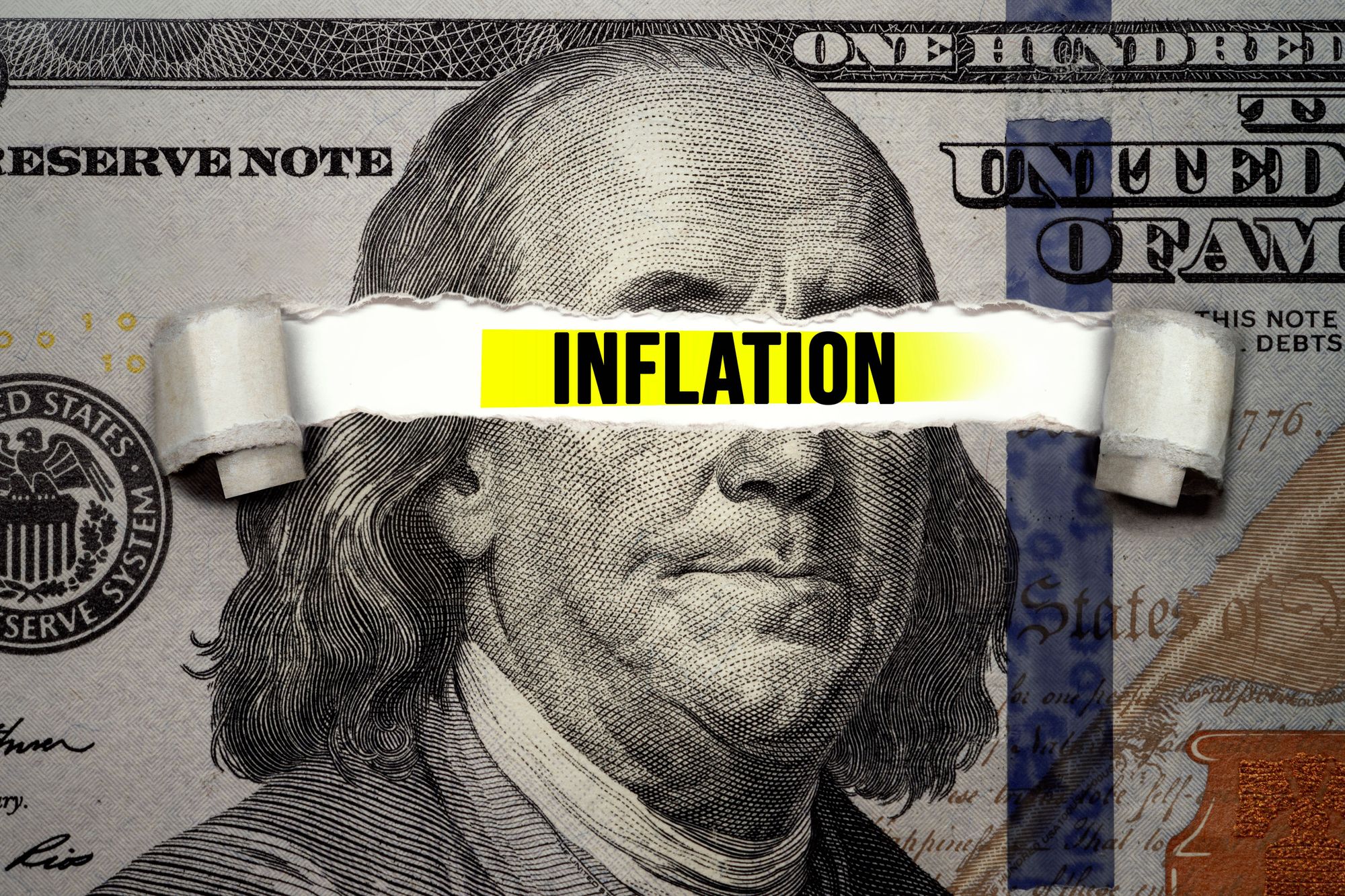What is Inflation?
Inflation has become the number one economic fear among millionaires for the first time in recent history, according to the CNBC Millionaire Survey. Especially those who lived through the hyperinflation of the 1970s.

“Inflation is an overall increase in the prices of goods or services in an economy. Over time, (our) currency loses value and it doesn’t have as much purchasing power as it once did. In other words, whatever a dollar can buy is reduced over time. Inflation can occur for a variety of reasons, like higher wages, lower interest rates, supply chain issues, or broader issues in the global economy.” According to USA facts.org .

In November, the Consumer Price Index for All Urban Consumers rose 0.8 percent on a seasonally adjusted basis; rising 6.8 percent over the last 12 months, not seasonally adjusted. The index for all items less food and energy increased 0.5 percent in November (SA); up 4.9 percent over the year (NSA).
Per the U.S. Bureau of Labor Statistics inflation came mostly from energy prices. (see the graph below). I warned about the energy component of inflation in early October in my post titled "Inflation."

The good news is that energy prices tend to be cyclical when driven by the commodities side of the industry and not the more price stubborn services side. (see below) The bad news is that energy prices trickle through every facet of consumer goods and services via the transportation component. The current US administration’s energy policy makes the higher prices unusually sticky.

Please note the passage I italicized in my opening. “Over time, (our) currency loses value and it doesn’t have as much purchasing power as it once did.”
The Federal Reserve (more commonly called, the Fed) is the central bank for the US. The Fed is an independent body and is not tied to an administration or partisan agenda. The most recognized of the Fed’s functions is the job of the Federal Open Market Committee. The committee impacts the entire US economy through its Congressionally mandated goals of maximizing employment and achieving price stability.
Why is price stability so important in an economy? I will list a couple of reasons without getting too far into the macroeconomic weeds. First, and foremost, to transact business prices need to be relatively constant for producers and supplies to manufacture and deliver goods at a set price over time. No buyer likes to see the cost of something rise. Sudden sticker shock erodes confidence in the free exchange of goods and services.
Second, individual savings and corporate retained earnings have diminished buying power at the rate of inflation. Cash becomes trash. A dollar in the bank at the beginning of 2021 has the buying power of only $.93 cents in the goods tracked inside the CPI. A loss of 6.8% of buying power in just one year.
Third, trust in paper money erodes as inflation spikes which, historically, can result in a cascade of confidence in a fiat currency.
Fourth, high inflation penalizes lenders of money sapping the value of both future interest payments and principal. In high inflationary times, long-term lenders cease to loan money in a rising rate environment which stifles spending for capital goods pushing down economic activity. Additionally, 10 & 30-year mortgage loans tend to dry up as lenders can not price the cost of future money thereby being adverse to the housing market.
Inflation destabilizes an economy by creating excess uncertainty about the future. Too much uncertainty paralyzes you and me.
Back to the Federal Reserve. Created in 1913, the FED is mandated with price stability. How have they done overtime? Should we have confidence in the FED’s ability to tame inflation?
INFLATION RATES FROM 1913-2021

Inflation has averaged better than 3% since 1913. Though the numbers have gone through many iterations. The $1 bill in 1913, is still a $1 bill. However, the 1913 $1 bill’s buying power in goods & services as measured by the Consumer Price Index (CPI) has declined 97%. Goods and services have grown more expensive relative to the 1913 $1 bill. The easiest way to think about the situation is if your great grandfather left you a $1 bill buried in the backyard. That 1913 vintage $1 bill does buy much in terms of 2021 goods.
Again, not to get lost in the macroeconomic weeds, a currency’s value is just a number as long as wages keep pace with inflation. Otherwise, those who draw a paycheck see their savings and lifestyles erode.
A caveat, I am not a huge fan of the way polling is conducted. Below are President Biden’s approval ratings as of two weeks ago according to Gallup. Please notice the 61% disapproval rating on “The economy”. Inflation is hard on Presidents. Though it could be argued that the chief executive has very few levers to use in combating inflation. This time around, the core of inflation’s rise is energy. Given the President’s policy posture toward the energy sector, he might have earned a measure of the inflation criticism. At least voters think so.

Until next time. Travel safe.

